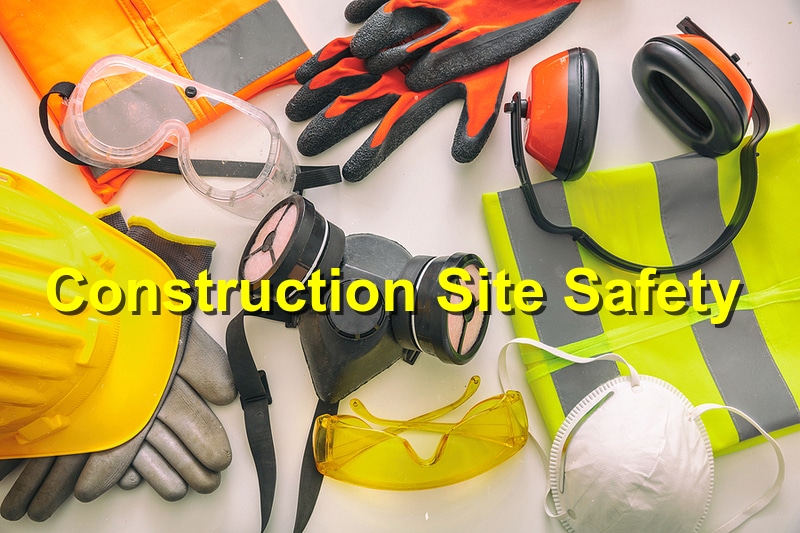The average construction site is a potentially dangerous place to earn your daily bread. Fortunately, there are more than a few safety rules (which when adhered to) can not just prevent avoidable accidents but also save limbs and lives. However, most construction workers regularly flout the following rules which explain the thousands of injuries that occur on most ongoing construction sites.
- PPE is Mandatory in any Construction Site
A PPE ( personal protective equipment) is often the last line of defense if you come across a potentially hazardous situation as you go about your business. Safety boots, for instance, do not just protect your feet but also provide the necessary grip needed to avoid accidental slip-ups. Hard hats, on the other hand, can shield your skull against concussions while hi-viz vests increase your visibility and that of your fellow co-workers.
- Inductions are a Must
Recognize that each construction site has its own unique work operations and hazards. There actually no two sites on the planet that are exactly the same. Hence, it is usually highly recommended to conduct inductions to all workers before they begin operations on the site. This way, they will know what exactly to do in the event of an accident.
- Keep Your Work Area Tidy
There’s no denying that construction work is generally messy. Nevertheless, this is not a genuine excuse for having an unkempt work area with tools or materials strewn all over the place. Trips and slips, which may at first not seem like a big problem, can quickly escalate to a life-threatening situation when left to get out of hand.
- Avoid Placing Others or Yourself at an Unnecessary Risk
One wrong move, whether out of ignorance or negligence, can really put you or your fellow co-workers into major harm’s way. Remember that you are solely responsible for your own behavior and setting a good example is one of the easiest ways of improving your awareness throughout any shift.
- Follow Safety Procedures and Signs
Ensure you pay attention and follow all construction procedures and safety signs whenever you are at work. If you are a worker, this ought to be made clear to you during induction. Employers, on the other side of the divide, should conduct regular risk assessments for all activities that are to be conducted on-site. You will be surprised at how useful such control measures can go in preventing accidents.




